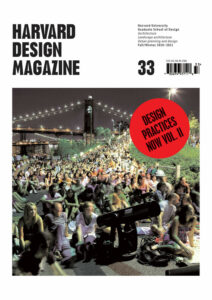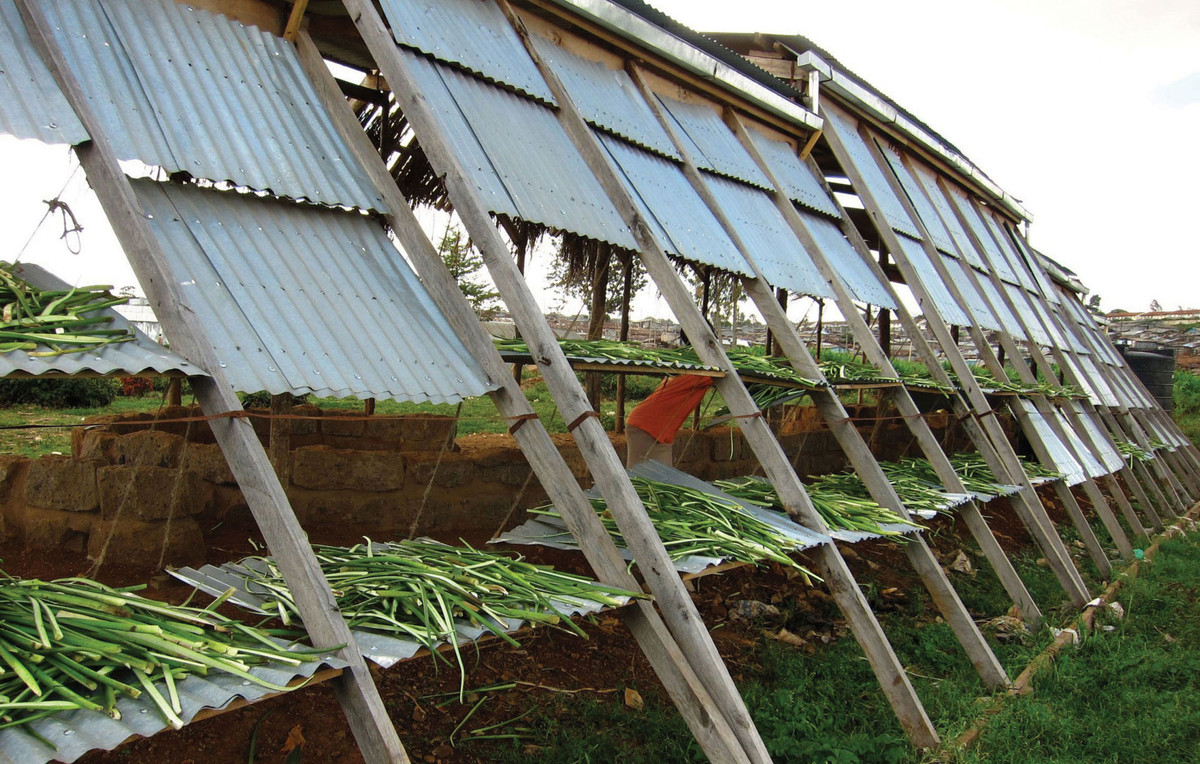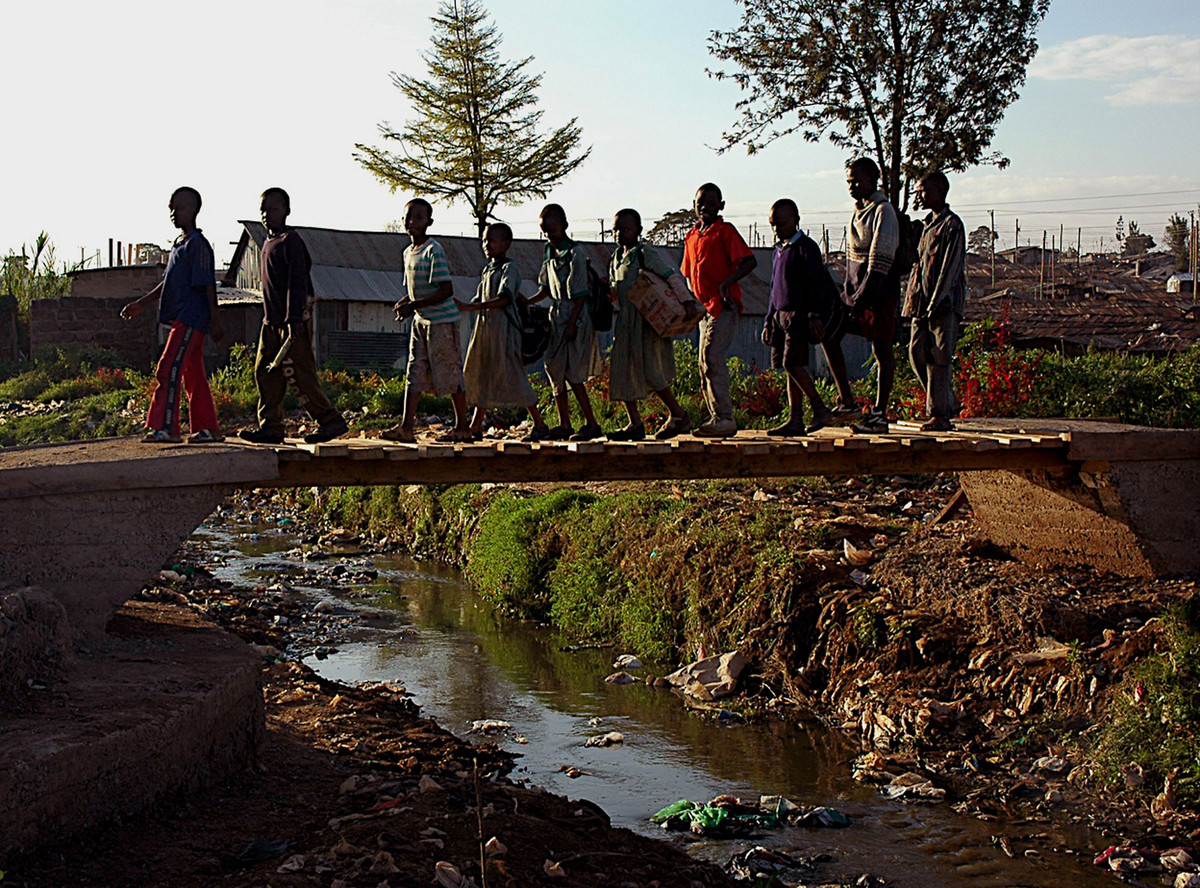Chelina Odbert: Kounkuey Design Initiative, Kenya
In 2006, while a student at the Harvard Graduate School of Design (GSD), I started Kounkuey Design Initiative (with classmates Jennifer Toy, Arthur Adeya, Ellen Schneider, Kotch Voraakhom, and Patrick Curran) as a way to address neglected urban environments, that other design firms were reluctant or ill-equipped to address. Our first site was Kibera, a slum—one of the world’s largest—in Nairobi, Kenya. There we repositioned design as a mechanism to alleviate some of the consequences of poverty and environmental degradation.
We knew it wouldn’t be enough to just come up with an innovative design strategy. We also had to conceive a new model for the design process and for project delivery. In the past, top-down approaches lacked the full assent and participation of local people needed for making a lasting difference. On the other hand, projects conceived as grass roots efforts were never able to get off the ground because of inadequate resources. So we designed KDI to operate in between those approaches, taking the necessary components from each. As designers positioned in this way, we bring resources and technical expertise to the table, but we also directly engage the community in a highly participatory design process. From the very beginning of projects, we collaborate with residents on design, administration, construction, and maintenance. Our goal is to empower residents (and local design professionals) to an extent that puts KDI out of business.
In Kibera, we have designed (and are in the process of building) a larger network of what we’ve come to call “productive public spaces.” We use unoccupied waste spaces to address the most urgent needs identified by residents—improved sanitation, relief from environmental hazards, and generation of income. Our first site serves several thousand people; it reclaims a former dump on the banks of a highly polluted river to build financially self-sufficient community amenities.
Composting, for example, makes use of food waste and produces a natural fertilizer that can be sold to farmers; some of the resulting income is used for long-term site maintenance. We also worked to provide a water tap fed by harvested rainwater, an organic garden and vegetable stand, a playground, a park, an office, and a multi-purpose gathering space. Our second site also includes showers, a toilet block, and daycare center for single mothers.
With our first project now complete, residents are eager to keep up the momentum. The space is very well used, in fact overused. (Twelve kids ride a seesaw at once, and a new bridge has opened up a very desirable circulation route.) The design and construction occurred punctually, but the programmatic elements—organizing the community’s capacity to build, maintain, and operate the site—took longer than we expected. Now that we have laid that groundwork and have formally organized groups with leadership structures in place, we will be able to undertake interventions more efficiently. We recently issued requests for proposals to about a hundred community groups and received over thirty responses. We are now working with three of them on our second project; things are moving quickly.
The residents have shown genuine “owner ship” of the project. Every time I return, I see new programs created by the community group that runs the first site. Changes spread fast. A community group member, for example, planted crops in a rice sack instead of in the ground, and this worked well. A few months later, all the nearby residents had rice-sack gardens outside their doors. In another self-driven initiative, the community group started a youth program to promote AIDS awareness.
At this point, I am the only full-time salaried employee, but I’m assisted by a large and committed group of pro-bono designers. We have hired a young Nairobi-based architect and former KDI intern on a contract basis for design and construction of our second site. In Nairobi, I am also suppor ted by Kenyan Arthur Adeya (a 2006 Harvard graduate in landscape), one of the KDI founders, who also operates a for-profit design firm in Nairobi and teaches landscape architecture in a university there. Jennifer is now working in a professional firm in the U.S., but is still wholly engaged in KDI. Our financial support comes in the form of several small contributions and, primarily, from a private family foundation that offered funding after reading a business plan we wrote in 2006 at the GSD, and that, since 2010, supports KDI fulltime.
KDI derives very directly from our time at the Harvard GSD. There I took several courses in nontraditional, socially engaged design and planning. Even though the School has no official program for this type of work, I got the training I needed. I participated in studios that considered informal settlements in Mumbai and Brazil and took a class in international development for the developing world. There was a strong student push for this type of design training, especially from the group Social Change and Activism.
After our first summer research trip to Kenya, Jennifer and I had one year of school remaining and quickly decided to use it to launch a project in Kibera and a firm that would specialize in this kind of design. There are probably over 100 NGOs working in Kibera, most providing medicine and food, but ours is the only group working on the physical environment as a means of promoting social and economic improvements. Two of my GSD friends have started similar firms, one in Rwanda and one in Ghana.
I believe that the kinds of things I am doing offer viable professional options for most design students (we now have four interns from the United States with us). Those trying to get underway will discover an interconnected global community of people, many in universities, working to improving life in slums and other degraded urban environments. We stay in touch and aware and supportive of each other through the Internet and annual international forums (see, for instance, the “URBANINFORM” website urbaninform.net).
I intend to do this type of work throughout my career. Ideally, KDI would continue work ing on self-initiated projects and on consulting projects in which we work as part of larger teams. With the Kibera project taking big steps forward, we are beginning to take on other projects. The governments of Germany and Morocco have invited us to work on a mega-cities project in Casablanca. (We were asked to participate after speaking at the World Social Forum in Brazil this year.) We also have future projects in California and Haiti. As long as the challenges of informal settlements persist, I see myself—and our design practice—working to find holistic, design-driven solutions.



